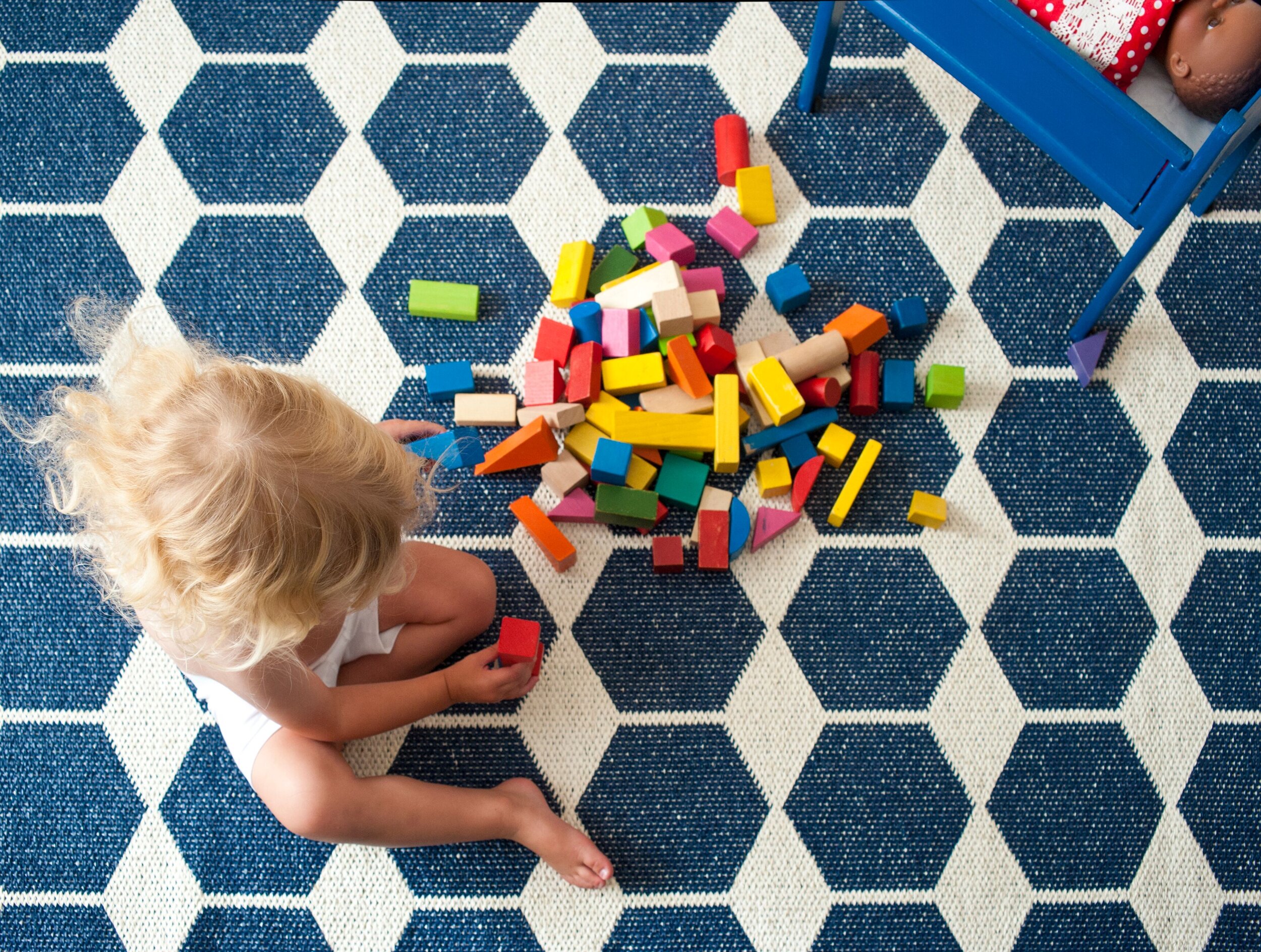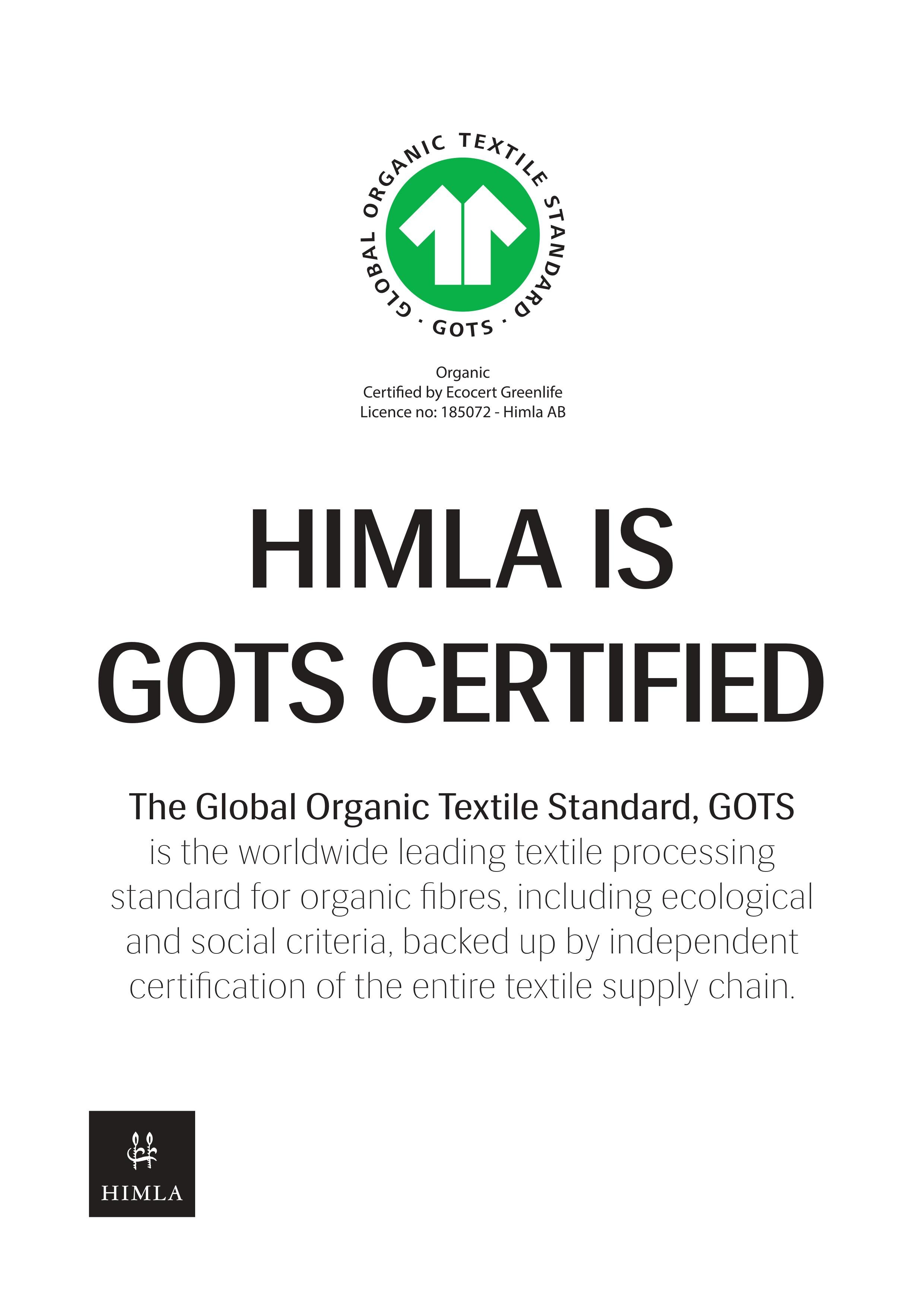What makes a product sustainable?
As the world is changing and facing considerable challenges in 2020, buying sustainable products and services is higher on the agenda than ever before for most buyers and consumers. However, sustainability is a highly contested concept that is often very difficult to define. Traditional conceptualisations of sustainability primarily focus on concerns of environmental sustainability such as greenhouse gas emissions and minimising environmental pollution. However, modern definitions tend to take a more holistic approach to conceptualising sustainability, oftentimes seeing it as being composed of three equally important components: environmental sustainability, economic sustainability and social sustainability. The diagram below shows how these three concepts interrelate and intersect:
As the diagram makes clear, all three aspects must be present in order for a sustainable venture to be considered truly sustainable. If any of the three aspects are missing or not properly addressed by the initiative, the long-term viability of the venture must be called into question as the venture does not properly address all of the relevant concerns surrounding sustainability.
Measuring sustainability:
Now that we have established the main criteria that we can use to define something as sustainable, we can now try and formulate a way of determining whether something can be truly classed as sustainable. Below is a basic way of scoring sustainability that could be used across a range of sustainable ventures such as product launches, charity work and new business formulation:
26- 30: Highly Sustainable
21-25: Sustainable
16-20: Fairly Sustainable
11-15: Fairly Unsustainable
6-10: Unsustainable
1-5: Highly Unsustainable
In this scale, scoring is divided between the three aspects discussed prior, with each aspect being worth 10 points, adding up to a final score of 30 points. Each aspect would be scored based off of how well it addresses all of the relevant criteria listed below it. Included is a basic way of interpreting how sustainable the venture is based off of the final score the venture receives. It is worth noting however that any venture that receives a score of under 5 for any of the three aspects can also be described as flawed due to the fact that it does not holistically address the three aspects of sustainability as presented earlier. Thus, even with an outstanding score in the other aspects any venture that is severely lacking in one aspect is flawed as a whole.
Applying the model to a real-life product:
The Swedish 100% Fairtrade brand Afroart’s use of Lokta paper is an interesting case study to apply this model to as it incorporates all three aspects of sustainability to some degree. In applying our model to this product category, we will split our analysis into environmental, economic and social sections before assessing the product as a whole.
Environmental:
1. Lokta paper production is far less resource intensive than conventional paper production and has far lower greenhouse gas emissions. However, given Lokta can only be grown in the Himalayas any paper produced there will have to be exported and shipped to its end destination.
2. Lokta is a naturally occurring and abundant bush native to the Nepali Himalayas that regrows fully within 5-7 years and is thus a renewable resource.
3. Lokta paper production produces substantially less wastewater than conventional paper production and is unbleached using no chlorine, making it far less polluting than conventional paper production.
4. Lokta paper production produces far less toxic waste than conventional paper production and thus produces less waste.
5. Lokta paper production promotes the growth and sustainable maintenance of lokta bushes and thus helps to promote biodiversity in the Himalayas through maintaining the natural environment there.
As you can see, Lokta paper production is far more sustainable than conventional paper production, doing well in all five of the criteria. The only significant drawback to Lokta paper production is the fact that it can only be grown in Nepal which of course means that it’s export to the UK is lengthy and likely carbon intensive. However, conventional paper is typically produced in nations like China and the USA that are already located far from the UK. Therefore, a score of 9/10 is fair when considering this drawback to its production.
Economic:
1. This first criteria is less relevant for business ventures and is more suited to evaluating charitable causes as businesses inherently exist to have some level of profitability. Thus, as is typical for any business, Afroart make a sustainable profit on their sales of products made with Lokta paper.
2. Lokta paper is relatively financially resilient but given that purchasing lokta paper or lokta paper products depends on international trade and the ability to export and import freely, any change to the availability of international shipping, as seen during the coronavirus pandemic, can limit the ability to import lokta paper from Nepal. Equally, any political decisions such as imposing tariffs on exports and imports could also affect the financial resilience of purchasing lokta paper from Nepal. Equally, the lack of direct substitutions for lokta paper given it grows only in Nepal prevents firms from being able to switch providers from Nepali lokta producers and creates a dependency on their production.
3. Lokta paper grows naturally and abundantly and is therefore viable as a long-term product.
Lokta paper is for the most part an economically sustainable product for Afroart as it produces sustainable profits for them, the key cornerstone of economic sustainability. There are however some relevant concerns over the financial resilience of Lokta paper production listed above but while numerous, they are all circumstantial and not especially likely apart from in exceptional circumstances. To this end, a score of 7/10 is fair when ranking the economic sustainability of Afroart’s lokta paper products.
Social:
1. Lokta paper production also reinforces the employment of local women in Nepali villages (Chaudhary, 2000) and helps to provide them with economic empowerment in their communities.
2. Lokta paper production is a traditional process that provides employment for working class Nepalis in areas that otherwise would lack industry and plentiful employment opportunities, thus benefitting local communities through both providing employment and also through maintaining local traditions.
3. As discussed, the production of lokta paper provides working class Nepalis with employment opportunities utilising traditional skills. This allows them to gain economic power and generate wealth while also preserving local cultural traditions and customs, one of the cornerstones of sustainable development.
4. Afroart fully vet all suppliers that they work with to ensure that they have high quality labour standards and will often personally visit factories and suppliers to ensure this is the case.
5. Afroart are committed to using suppliers that pay fair and equitable wages to their employees.
It is clear that in terms of social sustainability, lokta paper is an exemplary product on all fronts. Thus, a score of 10/10 is fully merited.
Final Score:
Overall this leaves Afroart’s lokta paper products with a score of 26/30, indicating a highly sustainable product that only really falls short due to the fact that it can only be produced in Nepal and thus comes with a high dependence on the openness of the Nepali economy and a long distance for import.
Conclusion:
Broadening the approach that we take to sustainability is essential in order to properly address the growing issues the world faces and this scale provides a framework and tool that can be used towards this purpose. There are of course limitations for as to how this scale for measuring sustainability can be used but overall it is still a useful tool to use to grade how sustainable a product or initiative is in a holistic sense as indicated by the example provided.
Sources:
Chaudhary, R.P. (2000). ‘Forest conservation and environmental management in Nepal: a review’, Biodiversity and conservation, Vol. 9, pp. 1235-1260.
https://www.epa.gov/sites/production/files/2016-11/documents/2014_smmfactsheet_508.pdf







